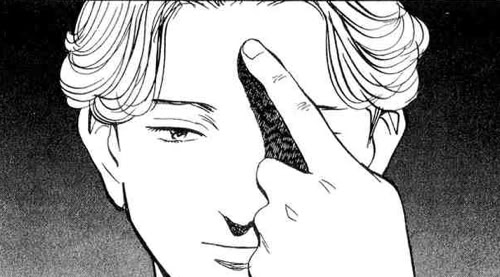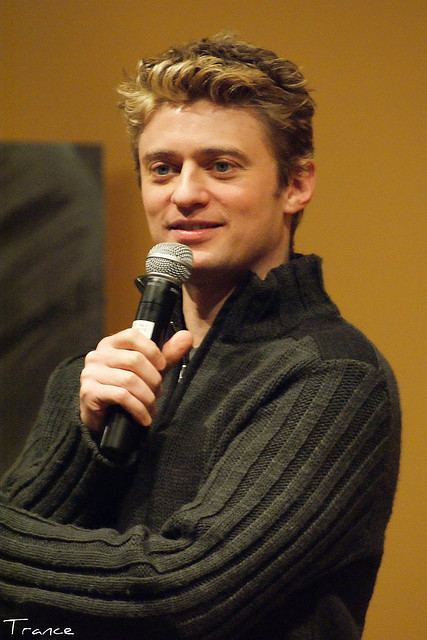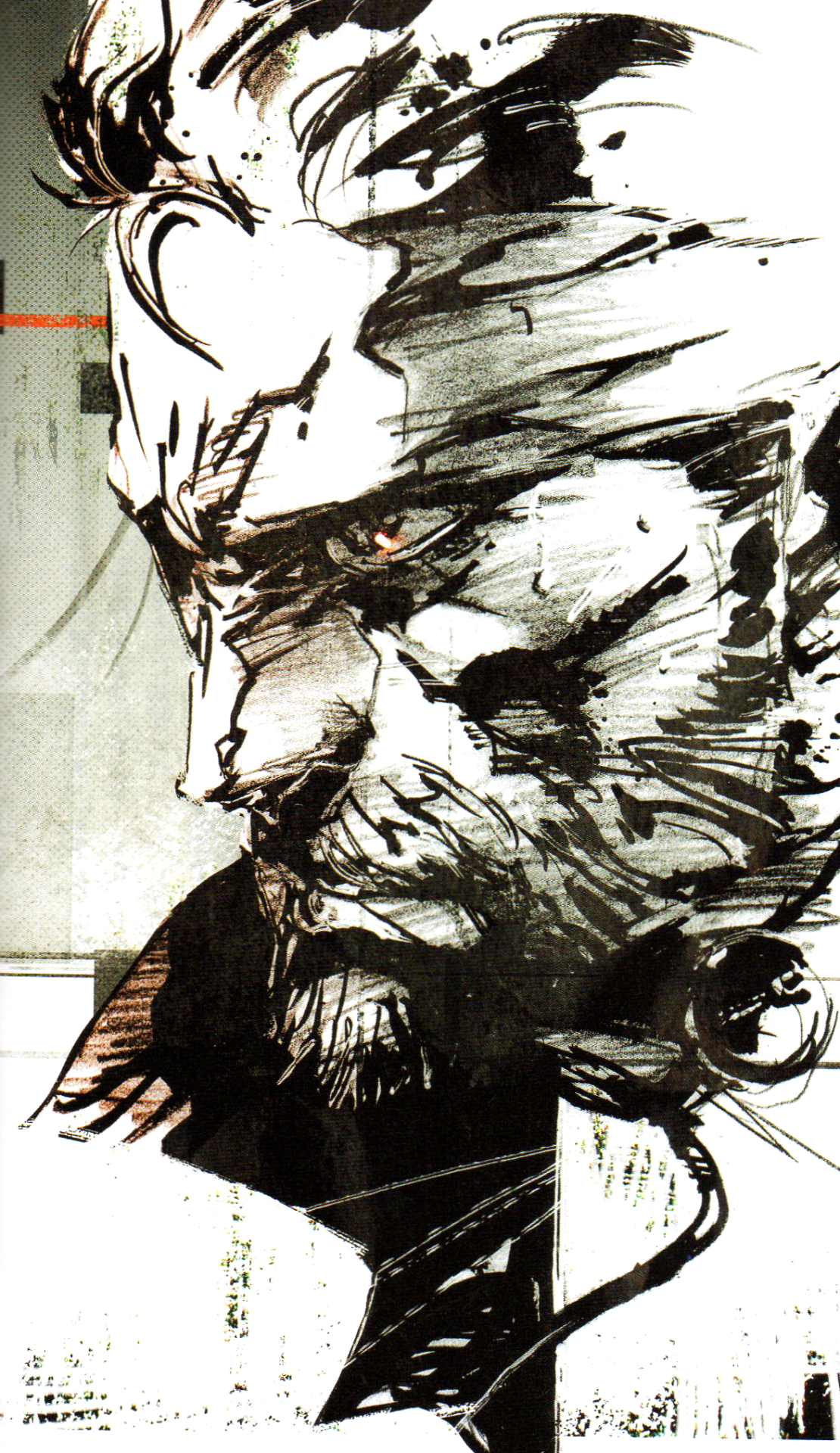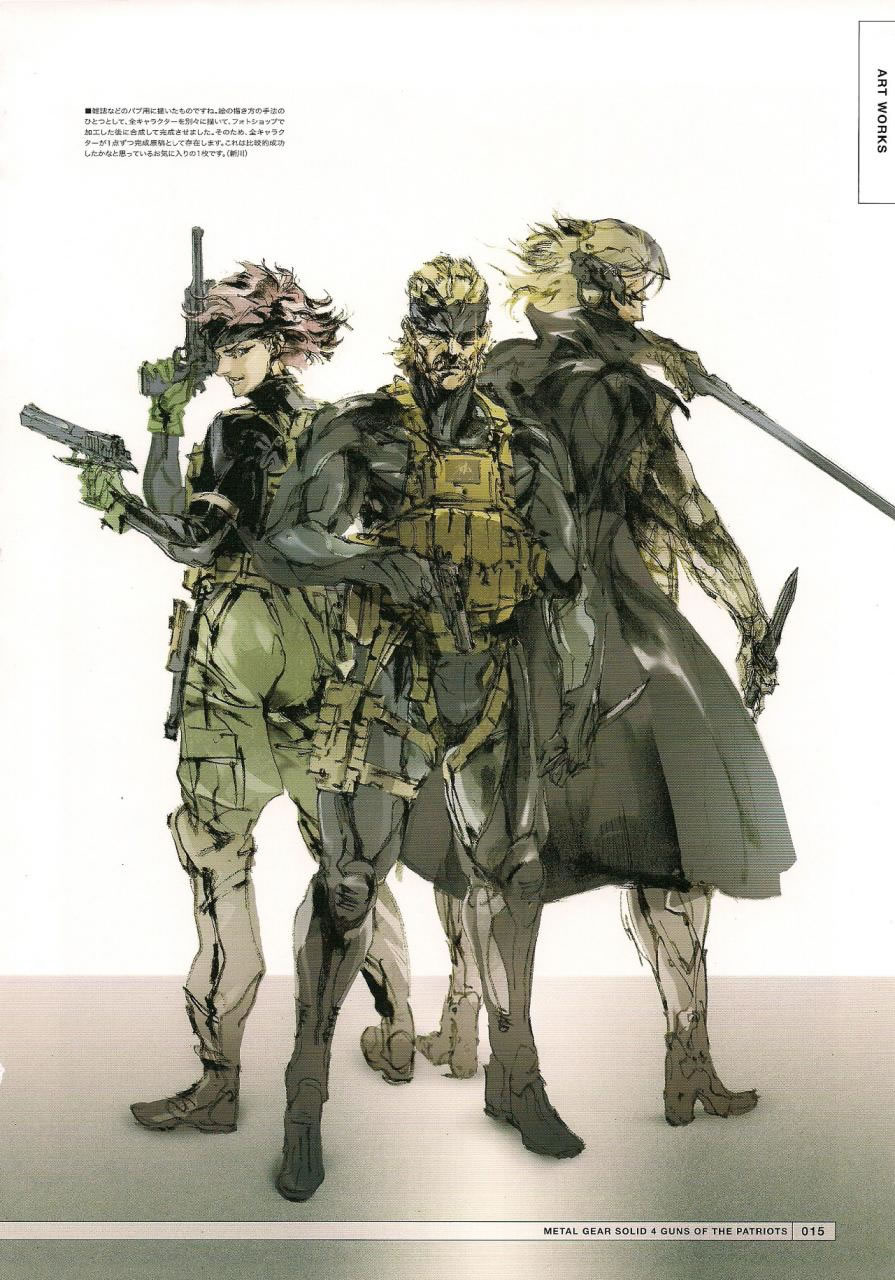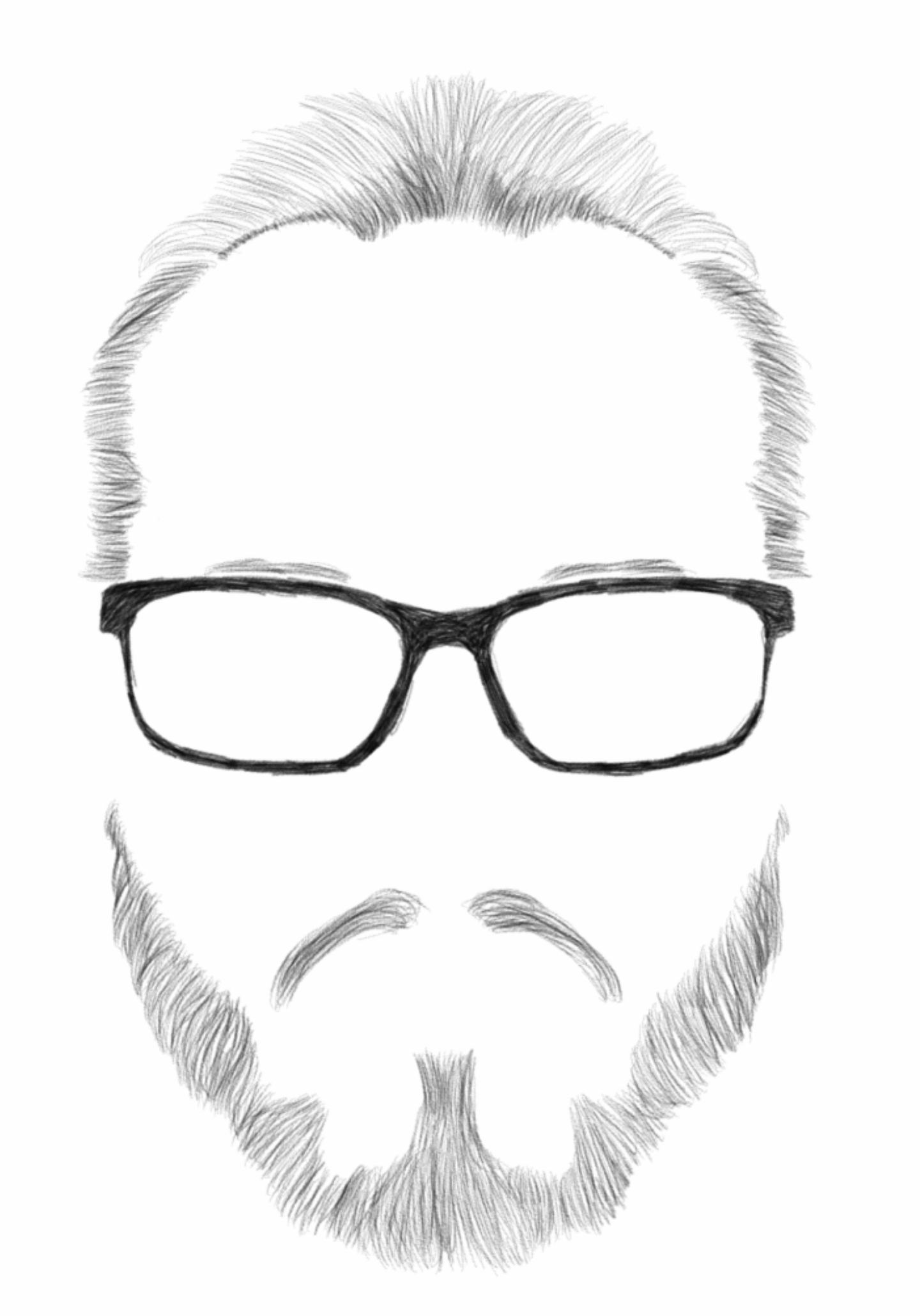Nobuo Uematsu is a Japanese video game composer, most famous for his numerous compositions for the Final Fantasy franchise. Uematsu began work on Final Fantasy in 1985 and continued until 2004 when he left Square Enix and went freelance, forming his own music company, Dog Ear Records. He has continued to compose music for Square Enix as a freelancer and has also composed music for other video games such as Super Smash Bros. Brawl. Linked here is a video where Uematsu explains how he composed one of his most famous pieces, “One-Winged Angel” from Final Fantasy VII. Given the popularity of the song, it has been covered countless times, such as this awesome organ performance.
“One-Winged Angel” is one of my favorite songs of all time and helped spark a love for video game music, especially that of Final Fantasy. Uematsu’s work was a prominent part of my teenage years and still influences my tastes, interests, and musical style today.
